10 films that foresaw 2015 – and aren't Back to the Future
The movies that took a joyride to the present
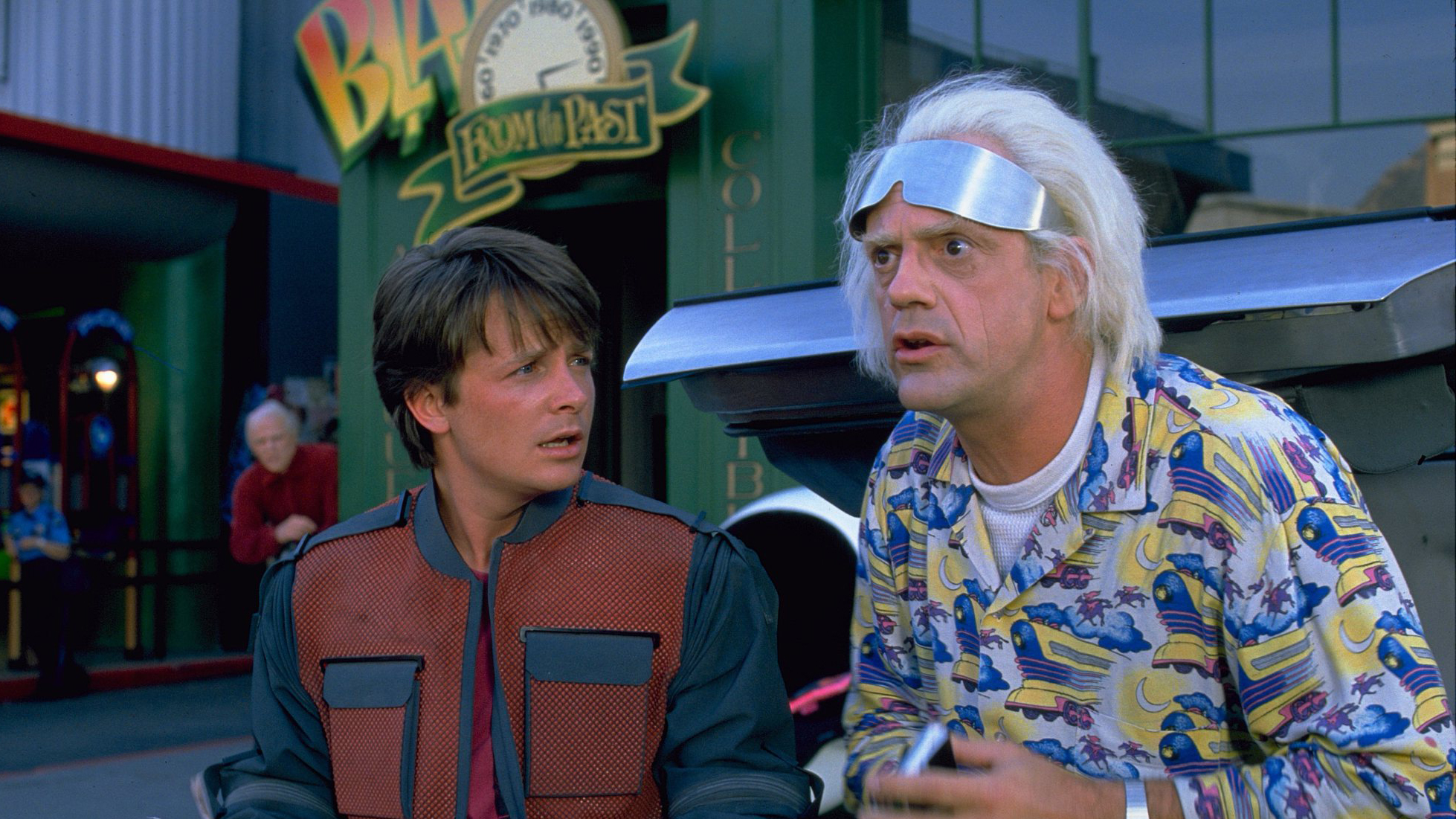
Introduction
Today is Back to the Future Day – the day in 2015 when Marty McFly and Doc Brown arrived in Back to the Future Part 2. But many other movies have set the controls for future, and offered their own predictions for how we'll live then. We take a look at them now to see what they got right, what they got wrong, and how the present has let us all down.

End of Evangelion
The film that marked the end of Neon Genesis Evangelion was made in 1997, set in 2015 and proposed a much more exciting future than what has actually happened. The anime, which set the template for Pacific Rim, featured massive bio-robots ("Evangeleons") which are designed to fight off giant monsters. Sadly the closest we can find to anyone building an actual massive robot is this Turkish Mayor, who has constructed a large anime-style robot to protect his town.
Perhaps one of the most interesting technologies used in Eva though is "LCL" – or liquid breathing. When Eva pilots are fully submerged in the substance, the liquid replaces the air around them and in their lungs. In real life, we haven't quite got there yet, although remarkably there have been human trials of liquid breathing. Sadly this wasn't so we could pilot bio-robots, but purely because scientists reckon it could help us avoid the bends when deep-sea diving. Priorities, science!

Firebird 2015 AD
1981 film Firebird 2015 AD imagines a Mad Max style future in which fuel is running so low, the government has outlawed private vehicle ownership and tasked the Department of Vehicular Control with destroying illegal vehicles. You might think that in this environmentally conscious age, the hero would be one of the noble bureaucrats preventing the wilful release of carbon, but no: our hero wants to continue burning fossil fuels, however unwise.
However, what really makes the film a poor predictor of the future is not this shift in attitudes, but the fact that (for better or worse) in real life 2015, oil is the cheapest it has been in years thanks to the drive towards fracking and the growth in tar sand extraction technologies. So whether the planet can take it or not, fuel is more abundant than ever, sending Firebird's prediction down in flames.
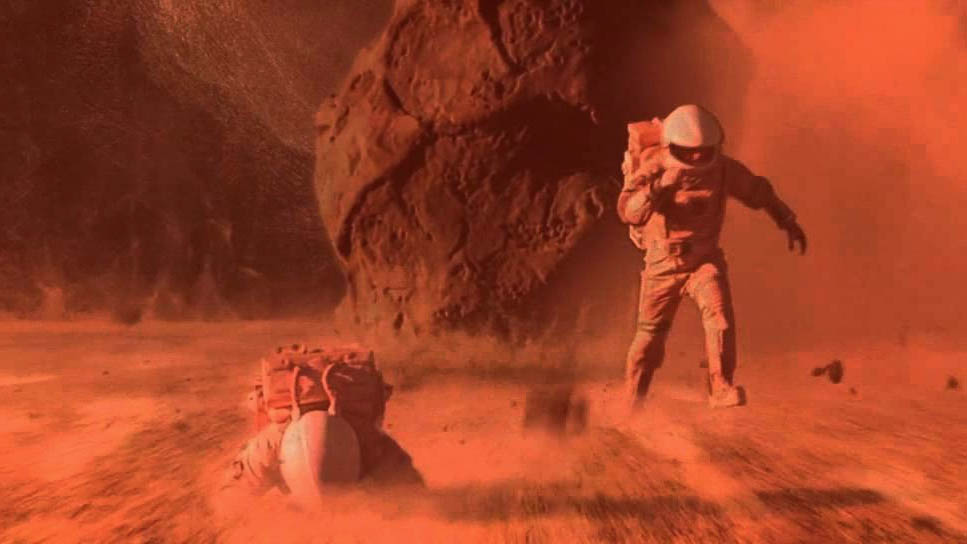
Mission to Mars
If we humans are good at one thing, it is overestimating just how easy it is get into space. Since the dawn of spaceflight, science fiction has been wildly optimistic with its predictions about how soon we'll be touching down on alien worlds.
In 2000, Mission to Mars told the story of a 2020 trip to the red planet that goes wrong following a storm. Against all odds, a survivor manages to prosper and even grow food on the Martian soil while waiting for a rescue mission.
So unless NASA gets to work in a big way in the next five years, and hurries up and invents a number of important things that don't yet exist, what seems to have happened is that Mission to Mars is not an accurate picture of the future – but instead a fairly accurate picture of The Martian, this year's more serious and less alien-filled attempt to do the same thing.
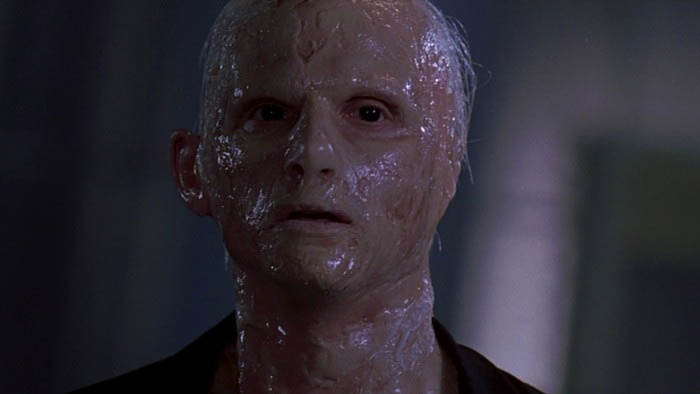
The 6th Day
At the turn of the millennium, cloning was subject to regular ethical wrangles following the successful cloning of Dolly the Sheep in the late 90s – and The 6th Day was an attempt to tell a cloning story in film. The premise is that in the year 2015, in a society where cloning humans and pets are the norm, Adam Gibson, played by Arnold Schwarzenegger, finds out that he himself has been cloned. The film deals with the fallout which entails.
In real life 2015, cloning technology isn't quite as advanced, even if our CGI can do a pretty good job of cloning young Arnie. What's interesting is that cloning is very much possible today, albeit not in the weird fully formed way the film shows it. The only reason cloning isn't done today is because it is pretty much illegal in most regions, including the entire European Union. There are exemptions for "therapeutic" cloning to create stem cells for use in medical treatment, but growing embryos is not permitted. Given how much faff The 6th Day makes it look, that's probably a good thing.

Memory Run
In 1995, is this really what people thought 2015 would be like? Memory Run suggests a dystopian 2015 where the contents of brains can be swapped between bodies, while in reality we're still a while off the first successful brain transplant. The plot follows the story of a gunrunner who wakes up to find himself inside the body of his recently murdered girlfriend. We recommend watching the trailer, as it is hilariously terrible.
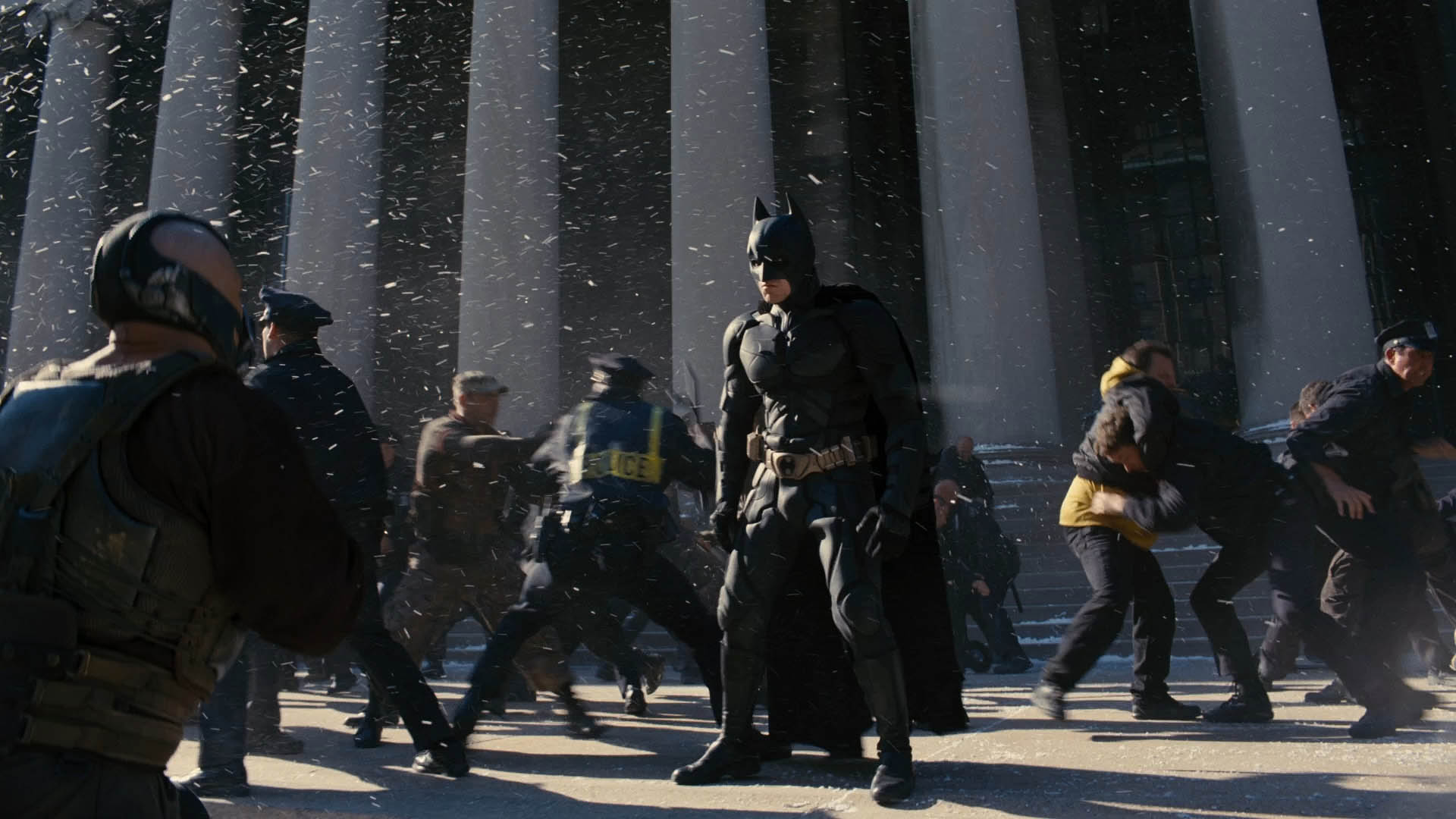
Dark Knight Rises
The conclusion to Christopher Nolan's Batman trilogy, The Dark Knight Rises, was made in 2012 and set in 2016 – so you might think the predictions would be reasonable. But leaving aside issues like the fact that the real world doesn't have a real caped crusader fighting cartoonish villains, some of the technology used in the film seems a bit fanciful.
Early in the film we learn that Wayne Enterprises has been working on a fusion reactor project, which could be weaponised. Unfortunately in reality we're still a very long way from fusion power technology being a viable source of energy (whether harnessed for good or evil). For example, despite spending millions of pounds, the Culham Fusion Reactor near Reading has still failed to generate self-sustainable fusion power, and the reactor there is only ever switched on for seconds or minutes at a time.
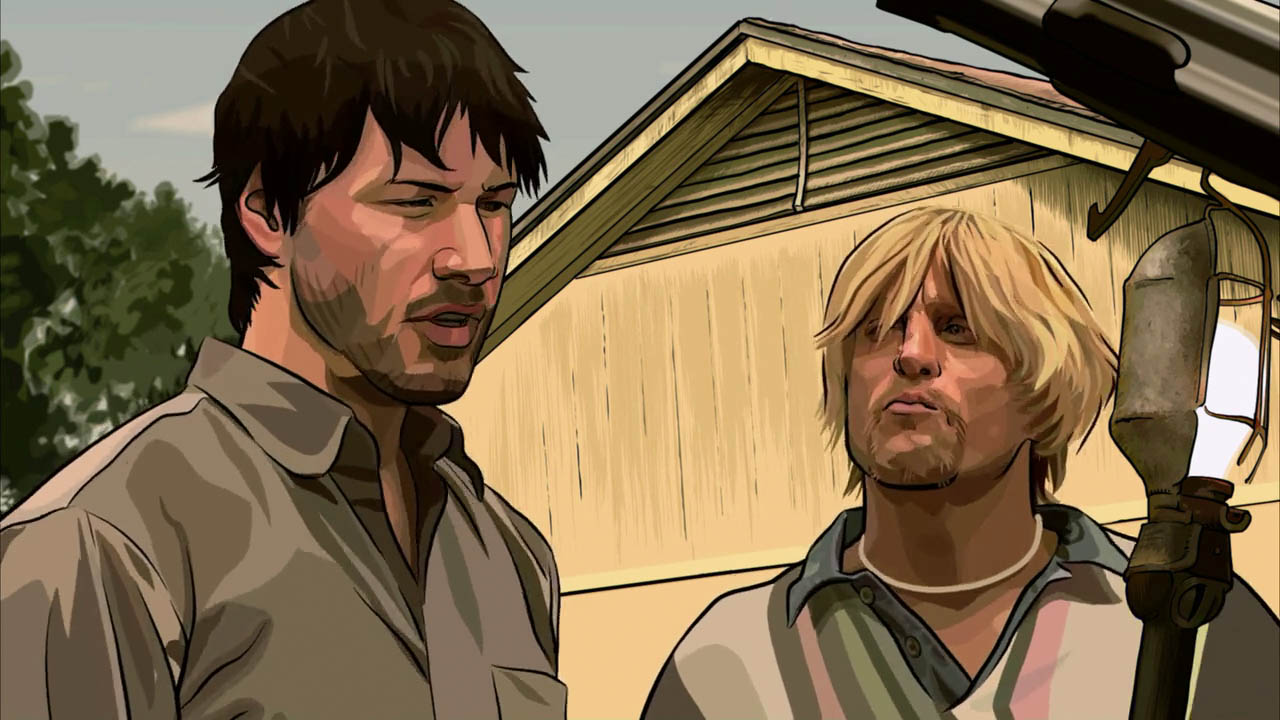
A Scanner Darkly
In 2006 a strangely rotoscoped Keanu Reeves starred in A Scanner Darkly, an adaption of the 1977 Philip K Dick novel of the same name. Set in 2013, Dick imagined that America had lost the war on drugs and consequently about 20% of the US population was hooked on a new hallucinogen. In response, the government built a super intrusive surveillance system.
Fast-forward to real 2013 and, while we're not all hopped up on psychotropics, the themes of the film do resonate – think of the scale of surveillance exposed by Edward Snowden. Perhaps also notably, though no one in the US would admit it, the country has effectively lost the war on drugs, as evidenced by the legalisation of marijuana in a number of US states despite the pleas of George HW Bush and, umm, all of your favourite cartoon characters from the 1980s.
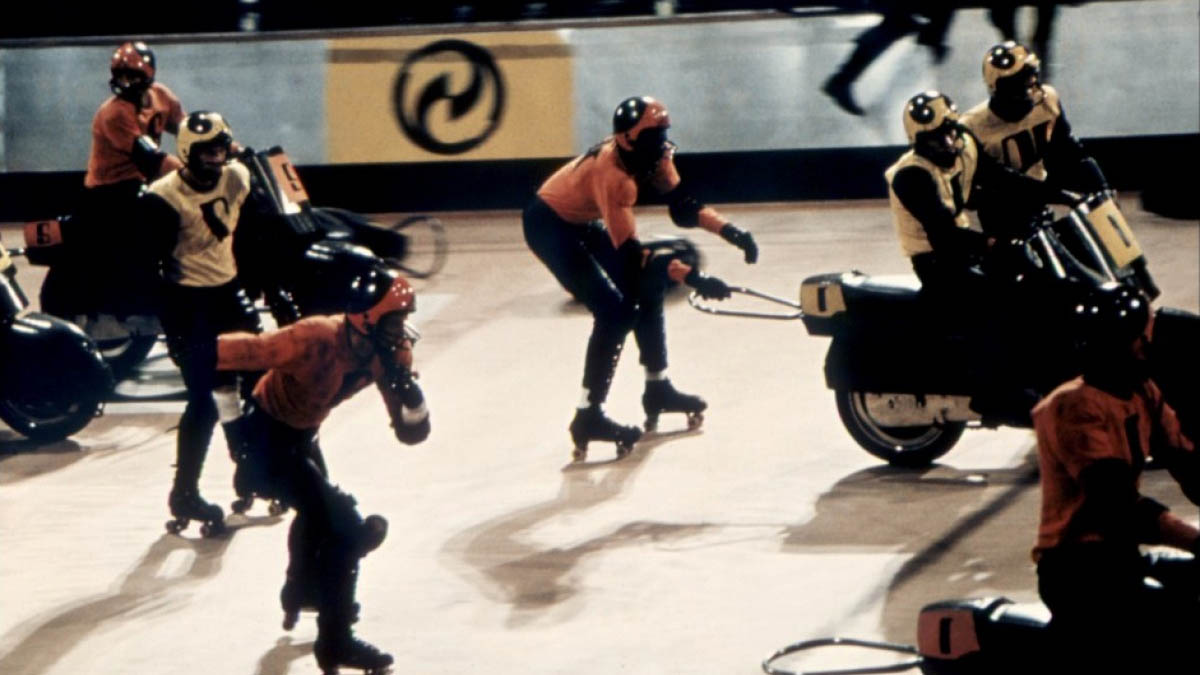
Rollerball
If 1975's Rollerball comes to pass, in a few years the world will be controlled by a hegemonic corporation and the most popular sport will be like roller derby with a stunningly violent twist. So far, so ludicrous, but one aspect that does hit home is when James Caan's character meets the "World's Brain", which like Siri can talk and answer questions. Luckily the Siri we have though is much more portable than the room-sized computer suggested by the film.

Blade Runner
Blade Runner was released in 1982 and set in 2019, and if the film is anything to go by, that means we've only got four short years to finally perfect artificial intelligence, hovercars and off-world colonies. Not to mention super-realistic humanoid replicants. Though that said, we're not doing too badly, as Google has promised to have self-driving cars on the road by 2020, and robots are already starting to pass the self-awareness test. Oh, and Nasa has plans to build a colony on Mars. But as for the billboard in the film advertising Atari – not a chance.
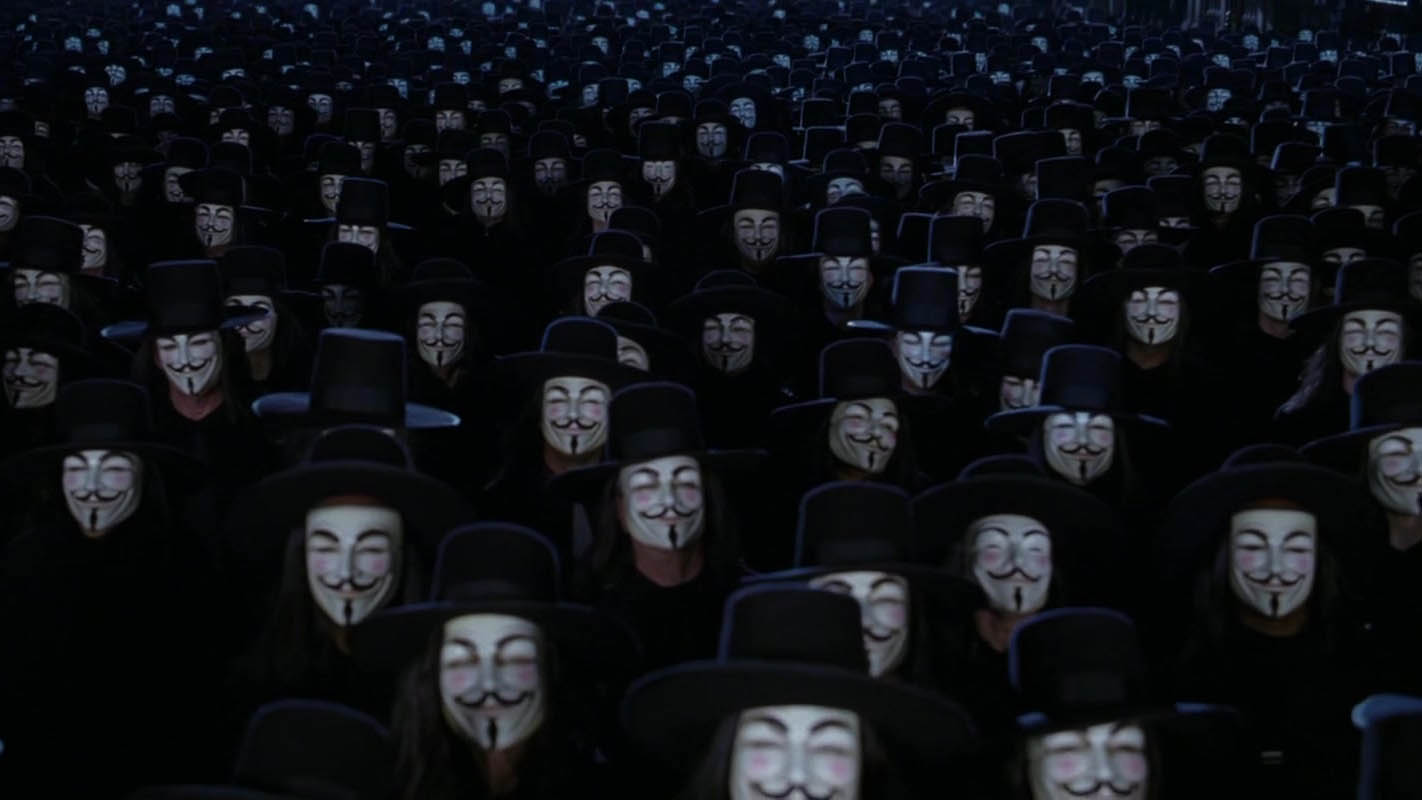
V for Vendetta
Set in 2015 and made in 2006, the Wachowskis' adaptation of Alan Moore's classic 1988 graphic novel painted a grim picture of what was then an imagined future for Britain. The film featured a right-wing government using a complicit media to scapegoat undesirable minorities, so it is safe to say that there definitely aren't any awkward parallels at all with real life that we can see at all.